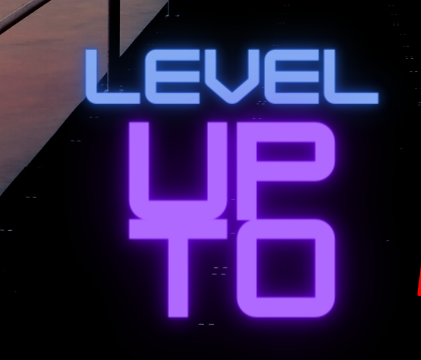The Building Blocks of Language
Continued from, Why are Words so Important’
“In ancient times men would no doubt understand the roaring and rumbling of a thunder storm as the battling of the gods in the heavensâ€
The Metaphor What is it Made of?
In Dr. Jaynes book he does a good job of breaking down the metaphor to its constituent parts.
In the most basic sense, what we do in language using metaphors’ is to shed light on something that is not readily understood. We do this by using something more familiar.
This is the main purpose of creating a metaphor. Dr. Jaynes broke the metaphor down into these parts, the Meta-phrand, Meta-phier, para-prand, and the para-phier.
The Meta-phrand explained
The Meta-phrand which is operated on by something he called the Metaphier, similar to in mathematics where we operate on a Multiplicand by a multiplier.
An example would be, the process he says is intensely practical.
“To designate an arm of the sea as a better place to find shell fish, or to put the head on a nail that it might hold a board to a stanchion.â€
To understand something is to arrive at a metaphor for that thing to be described.
In practice we might say I see, or I get it now’
Over-looked by so many of us just how complex all of this really is. Consider the metaphor “ the snow blankets the ground.â€
The meta-phrand is something about the completeness, and even the thickness with which the ground is covered by the snow.
The meta-phier is the covering on a bed, something that we all know! The nuances of the metaphor are the paraphiers of the metaphier, the blanket.
Then there are paraphrands of the meta-phrands, and all of this is packed into the simple use of the word blanket, pertaining to the way it covers the ground. The paraphiers here act on the para-phrands.
Hopefully you can now see just how complex all of this is, and how language grows? And we’re not even done!
It’s the paraphrands of the metaphrands that create what could not not have been possible be there.
The Analog and the Map Maker
This very important feature of language we will examine the example that Jaynes gives of a Map Maker.
For the map-maker, the metaphrand is the blank piece of paper on which he operates with the metaphier of the land which he has surveyed.
For the map user it’s the other way around. It’s the land that is unknown; and, it’s the land that is the metaphrand. Where as the map is what he’s using to understand the layout of the land.
So as we can see the analog is a representation of something, but not the actual thing.
The Analog in Modern Times
An important aspect of the analog is how it is generated through language. Analogs are used everywhere these days.
In the world of finance, if you think about it, there are what are called derivatives, aren’t they just analogs of some other things?
People gamble in these derivatives every day. Weather a derivative of something will increase or decrease in value. These derivatives are called futures’ and there’s a huge market for these.
But I digress, moving on now. By now I can only hope that you’re starting to understand how language is generated.
In summary- the metaphrand (the subject) which gets operated on by the metaphier (something more familiar) and what pops out is a metaphor.
The Analog is representation of something but not the actual thing.
I know I took a circuitous route but believe me you understand by the time we are done.
We’ll be moving faster soon, but covering this stuff was necessary.
To be continued…

